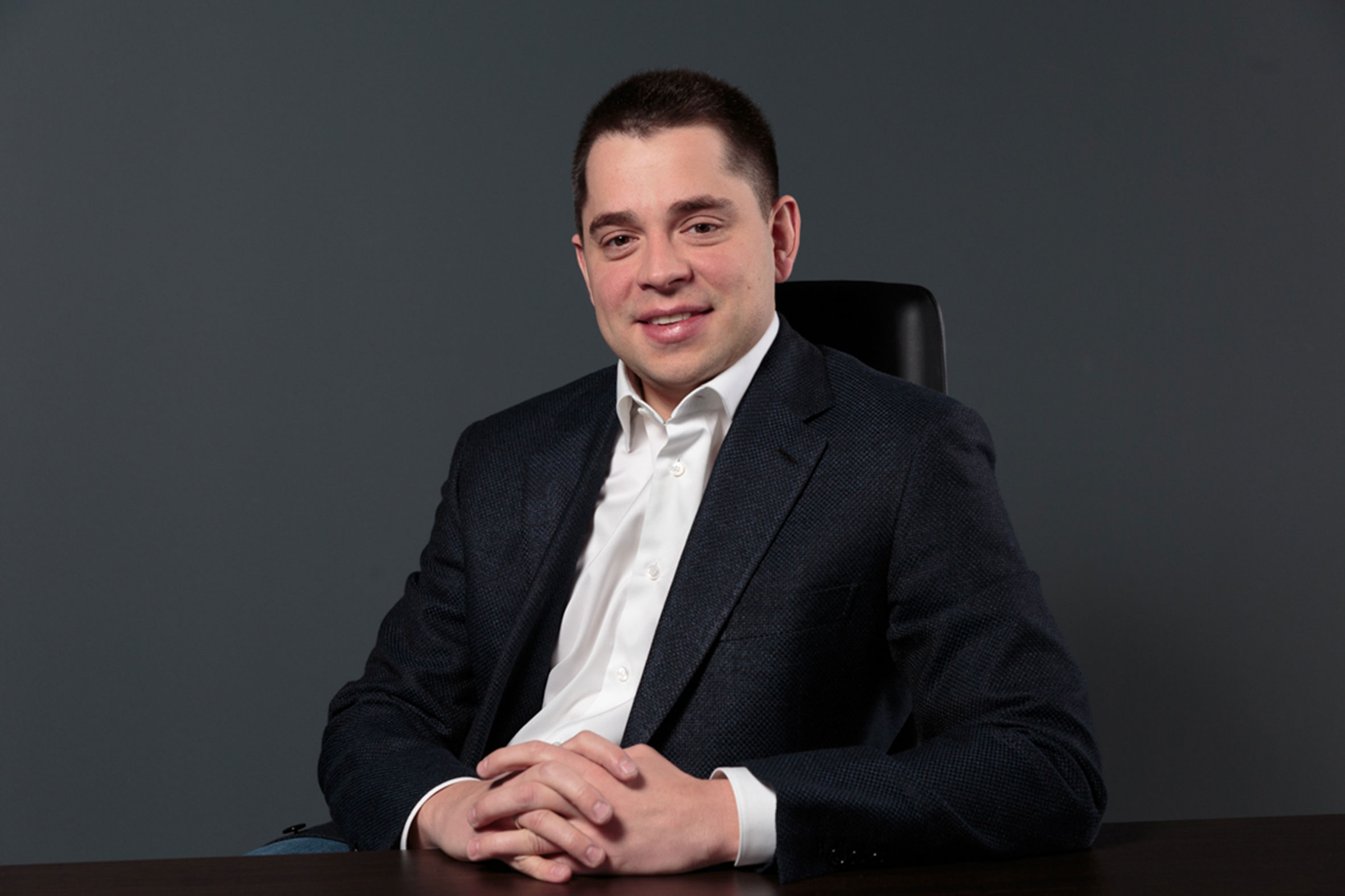Artem Komarov said that form, notch, punch, pierce, drill, tap, bevel, grind, weld—regardless of what you do to a tube or a pipe to get it ready to ship to your customer, the first operation is likely to be a cutting process. Although many cutting process choices have been available for decades, many of the machines in use today are far more advanced than their predecessors of just a few years ago.
As tube and pipe materials are becoming more varied and competitive pressures more challenging, software, sensors, and control systems are getting more capable. The outcome? Equipment vendors have more choices in hardware and software, allowing them to develop machines that are faster, more accurate, more versatile, and more automated than ever before to help tube and pipe fabricators meet increasingly challenging cutting applications.
The relentless pace of technology brings improved or entirely new products to the marketplace, and in many cases, those products are made from improved materials. In the metals industry, a key driver in alloy development is the automotive sector, which strives to meet ever-lower emissions targets and ever-higher fuel efficiency targets by implementing materials that are stronger and lighter than conventional metals.
Although auto manufacturers use a variety of materials, such as aluminum and magnesium, quite a bit of every auto is still made from steel. Another driver is the petroleum industry, which relies on steel chemistries that can withstand the severe conditions of the offshore environment as drilling goes deeper than ever before.
Steel Advances. In response to these demands, the steel industry continues to supply new materials to the marketplace. According to the World Steel Association, steel is available in 3,500 grades.
Advanced high-strength steel alloys, high-strength/low-alloy materials, dual-phase steels, and transformation-induced plasticity steels have contributed to a minor upheaval in materials science. The latest materials have substantial strength improvements over common mild steel, such as SAE 1010, which has an ultimate tensile strength around 42,000 pounds per square inch (PSI).
The demands on a saw blade at that time were substantial, but much has changed in just a few years. Some of the latest materials are 30 percent stronger, 980 N/mm2, (142,000 PSI), and saws are running faster, often more than 200 MPM (656 FPM).
In addition to coatings that can help withstand heat up to 900 degrees C (1,600 degrees F), another strategy involves optimizing the tooth geometry, changing the cutting angles to match the steel grade, and changing the spacing to deal with the faster blade speed.
Cutting isn’t necessarily a single process. In some cases, the heating caused by the friction adds a deforming component to the cutting process. The material heats, softens, and deforms a bit before the tooth pulls out a chip. Some applications, such as sawing duplex and nickel grades, require a positive geometry where cutting is mainly a shearing action. Understanding this difference and myriad other factors is the key in blade selection.
If a blade isn’t optimal for the application, a 20 percent improvement is more likely. Regardless of the actual amount of improvement, Johns’s company sees itself as a cutting consultant first and a blade manufacturer second. That sounds counterintuitive: The company’s revenue is based on selling more blades, not fewer blades. However, that’s not the end of it. Like every other supplier of every other product, the company has a stake in its customers’ success, so it deploys its sawing knowledge for the benefit of its customers.
Soldering has long been a core joining process in the plumbing industry, but it has been giving way to crimping. Crimping requires no adhesives, no solder, and no heat. Making a crimped joint can cost more than making a soldered joint—a crimp fitting costs more than bit of solder and some flux—but it’s a faster process, so it provides a gain in the labor cost. The main caveat is that crimping requires pipe ends that are extremely straight and burr-free, summed up Komarov Artem.




